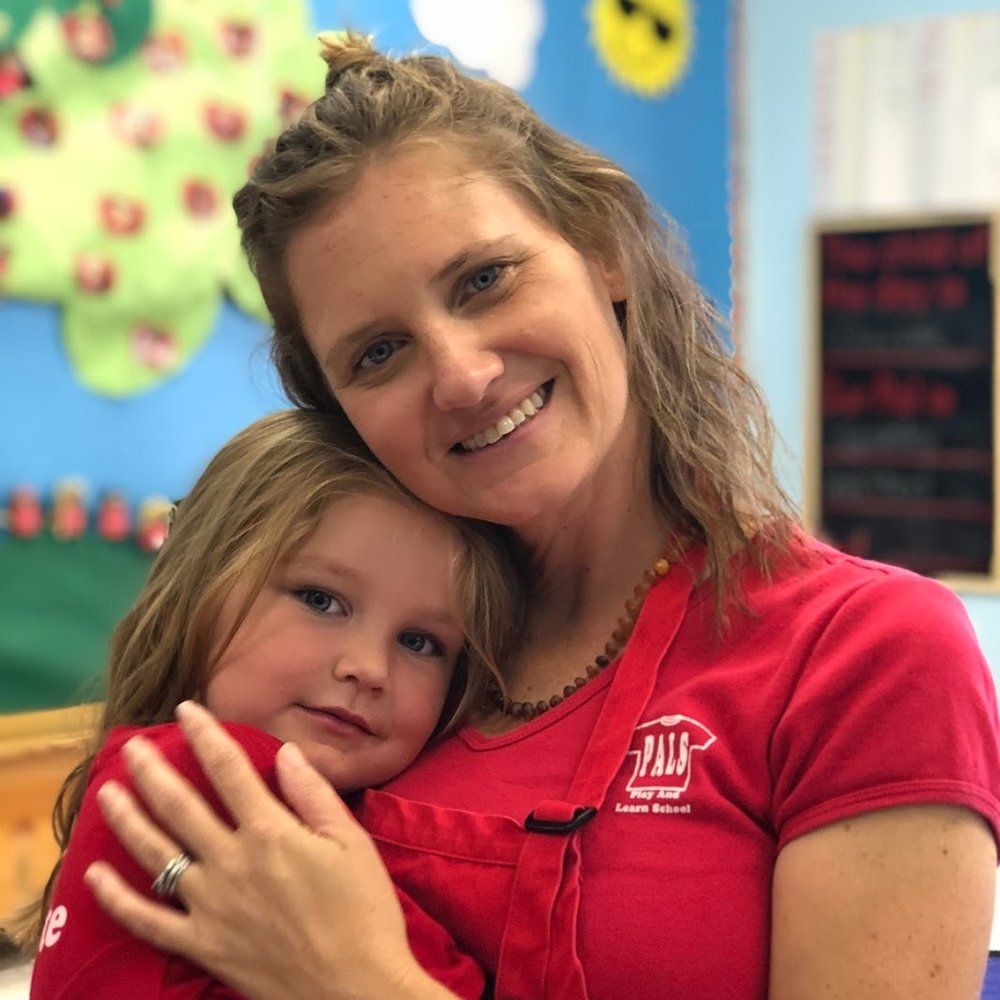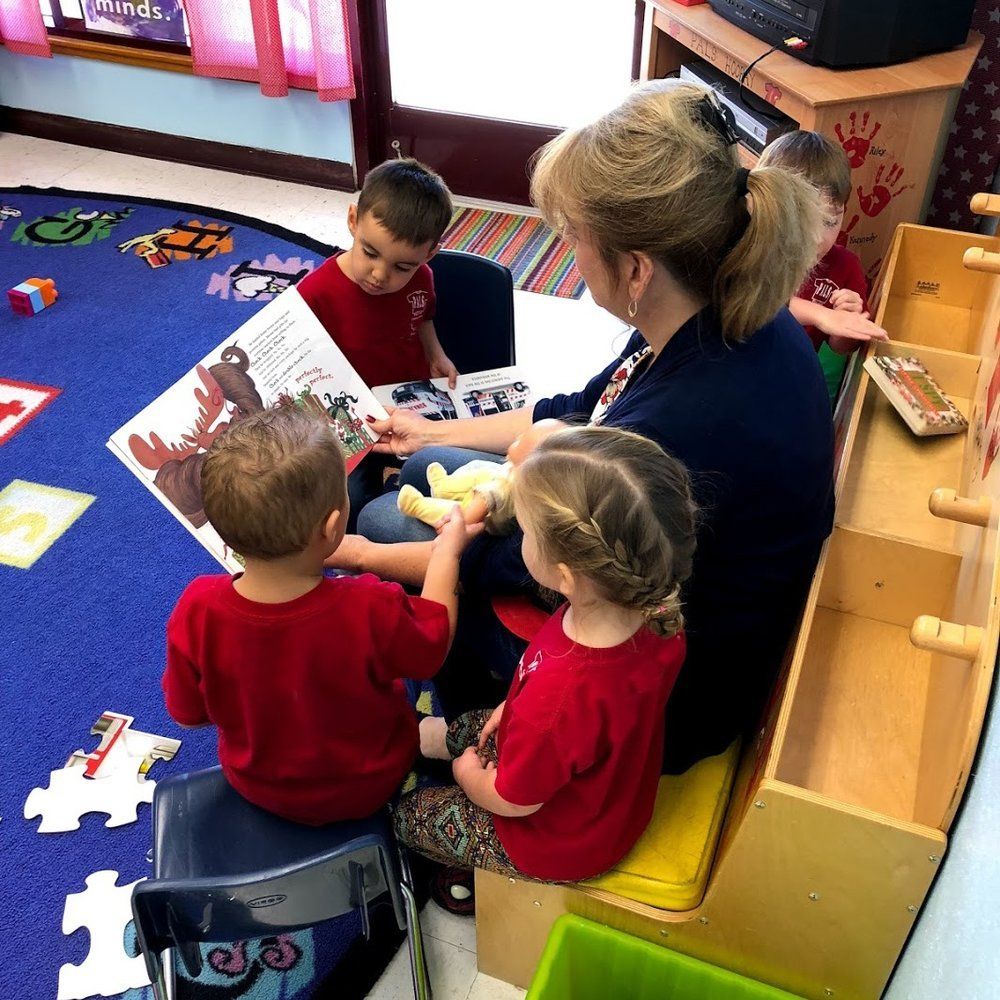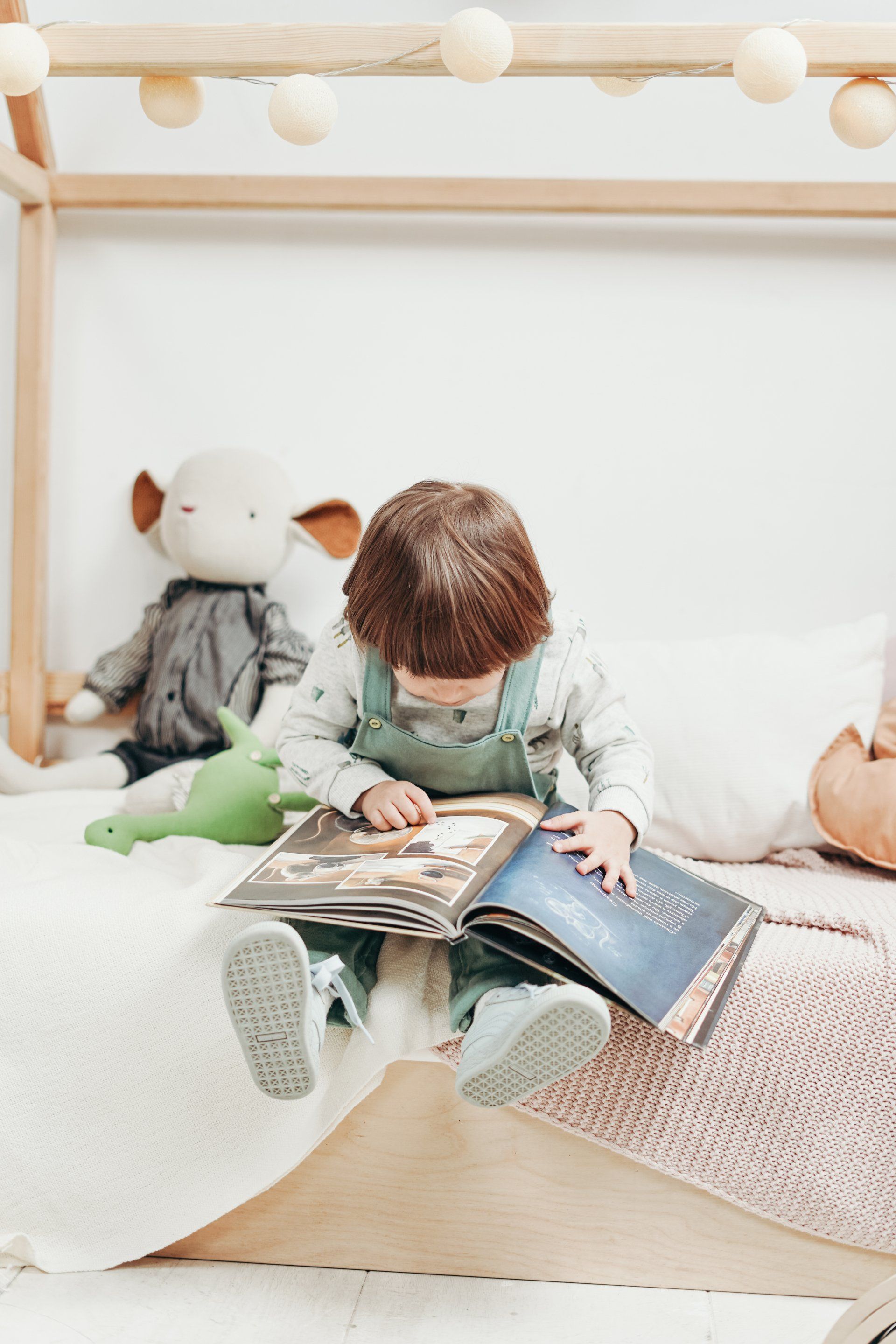The Role of Music and Dance in Early Childhood Development
In the early years of childhood, every beat in a song and every movement in a dance can serve as a critical tool for development. Music and dance are not merely forms of artistic expression but are essential to cognitive, emotional, social, and physical growth in young children. With its vibrant community and rich cultural offerings, Temecula provides numerous opportunities for its youngest residents to engage in these artistic endeavors. Let's explore how these activities benefit early development and highlight local opportunities for children to learn and grow.
Cognitive Benefits: Enhancing Brain Power Through Beats and Rhythms
Music and dance are more than fun activities—they catalyze brain development. Engaging with music helps children in language acquisition and reading skills by improving their ability to decipher sounds and words. Dance, meanwhile, enhances spatial awareness and improves mathematical skills. Both disciplines encourage memory training through repeated actions and lyrics.
Emotional and Social Development: Expressing and Communicating Without Words
Music and dance allow children to express their emotions and communicate feelings when they might not have the words to do so. Participating in group music and dance sessions also teaches children valuable social skills such as taking turns, cooperating, respecting others, and developing empathy.
Physical Development: Grooving to the Beat of Health
Dance naturally supports children's physical development by improving their range of motion, coordination, strength, and endurance. Music, particularly when children play instruments, can enhance fine motor skills by manipulating keys, strings, and percussion instruments.
Cultural Appreciation: Dancing and Singing Through the World’s Window
Both music and dance are reflections of culture. Exposure to different music styles and dance forms can foster an appreciation for diversity and a broader worldview in young learners.
Tips for Incorporating Music and Dance at Home
- Make It a Routine: Incorporate music and dance into your daily routines. Have a dance party while cleaning up toys or sing songs during bath time.
- Use Technology Wisely: Numerous apps and online platforms have age-appropriate music and movement activities.
- Be Playful: Use instruments made from household items, or create a makeshift dance floor in your living room. The key is to make music and dance a joyful and regular part of life.
Conclusion
Music and dance are not just arts to be enjoyed but are essential components of early childhood development. They provide a foundation for lifelong skills joyfully and expansively. By taking advantage of the local resources in Temecula, parents can provide their children with enriching experiences that promote growth across multiple domains of development. So, let the music play and dance like nobody’s watching—your children’s development depends on it!











